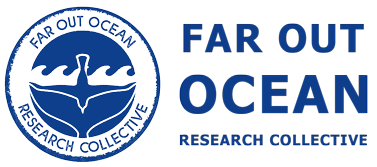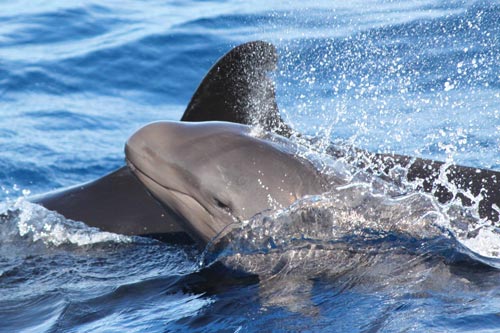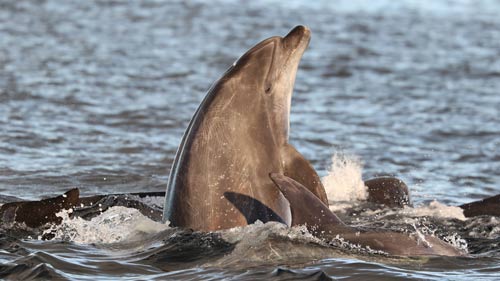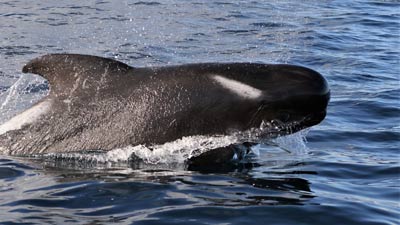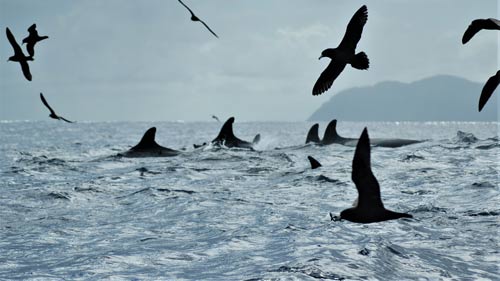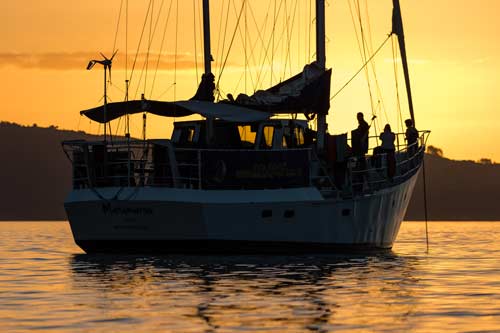 Our main research vessel, the ManawanuiOur mission is straight-forward:
Our main research vessel, the ManawanuiOur mission is straight-forward:
To foster knowledge and conservation of the oceanic marine environment through research, education and awareness.
The Far Out Ocean Research Collective provides a platform for open ocean research and marine conservation. By combining science with technology, media, culture and community, we provide a holistic approach to oceanographic studies. Our key assets are the SV Manawanui, a 72ft ocean going sailing yacht and our team of highly skilled professionals which enable us to facilitate effective long-term research projects on little known species and in poorly studied areas.
